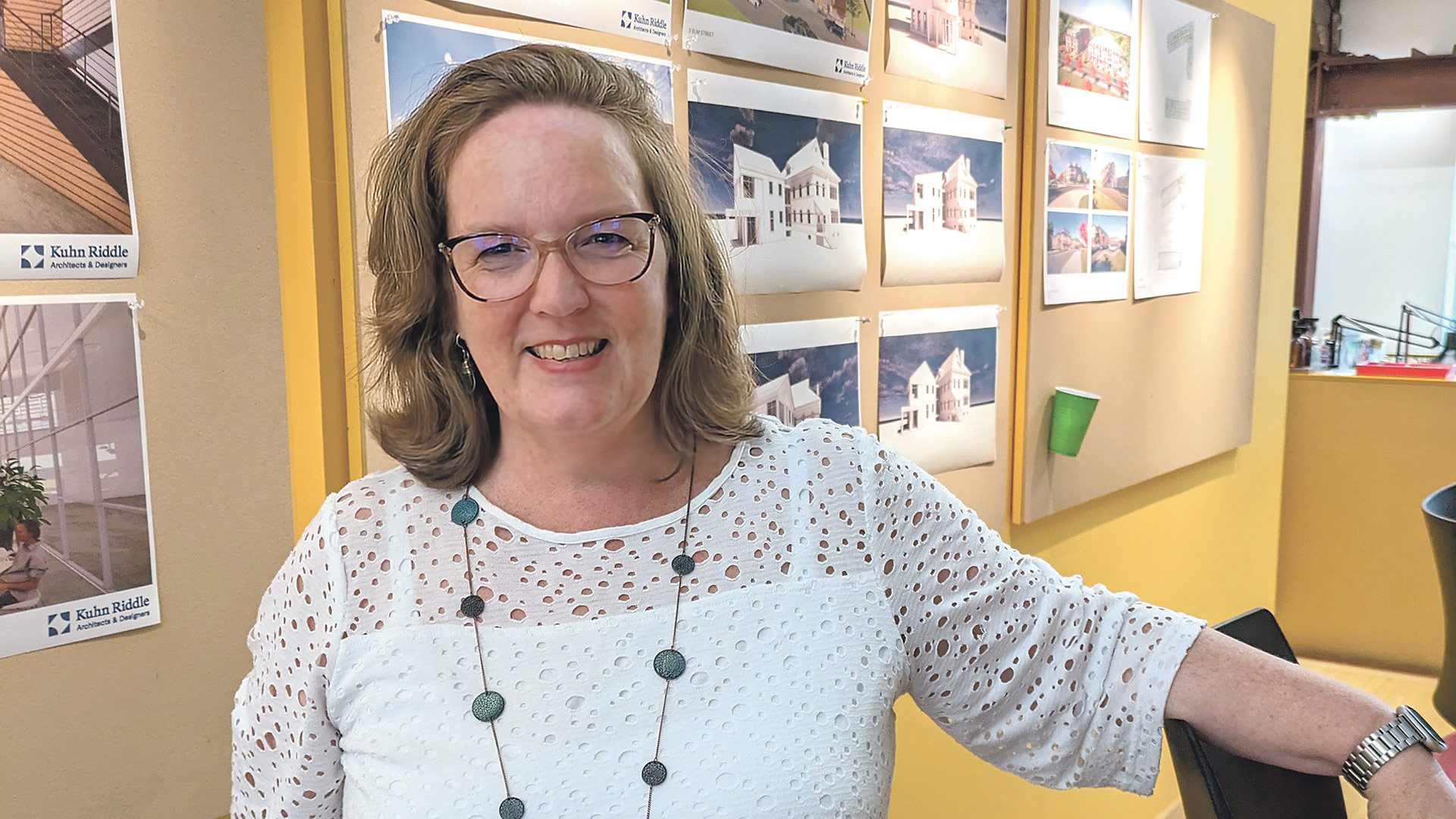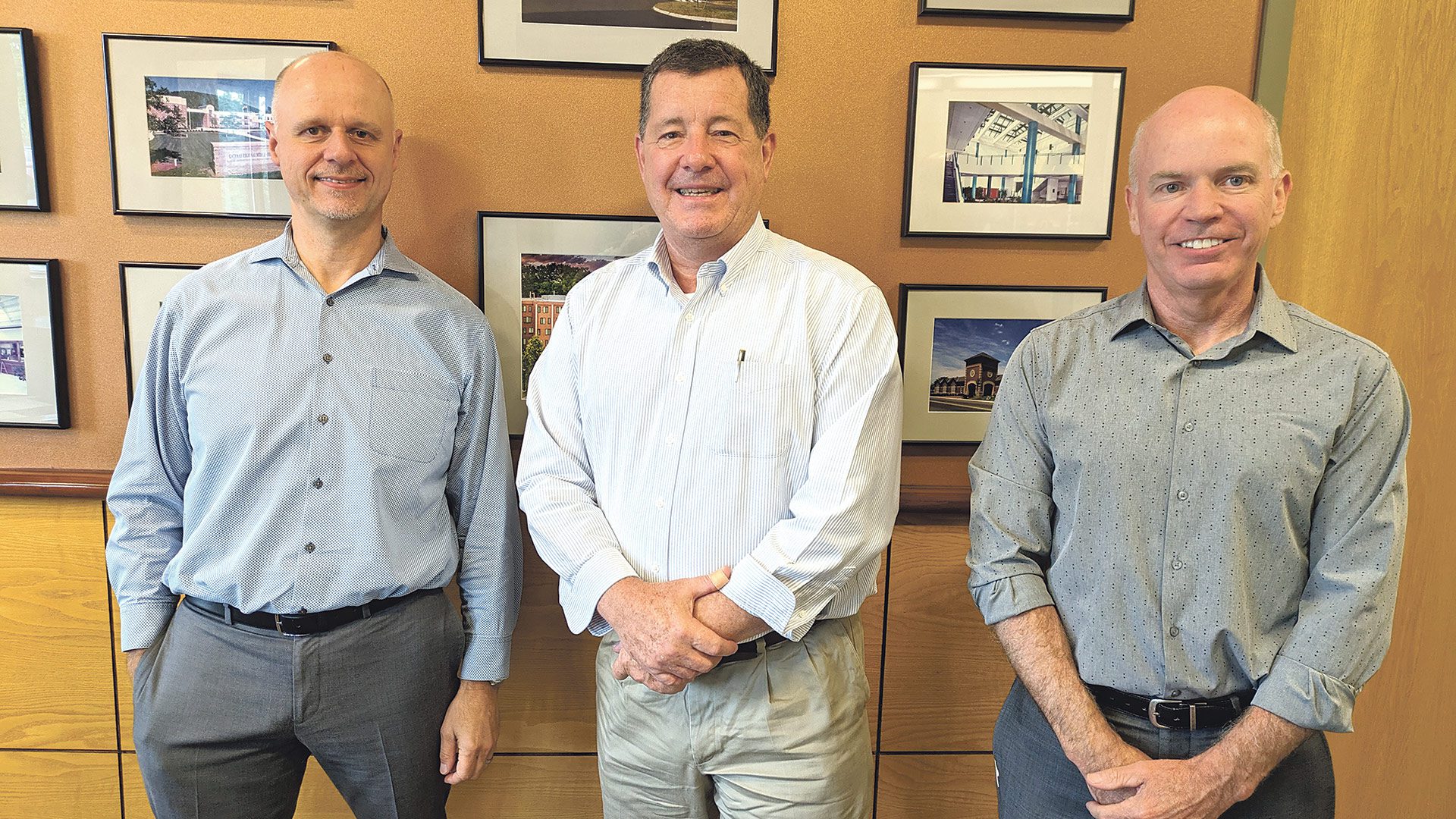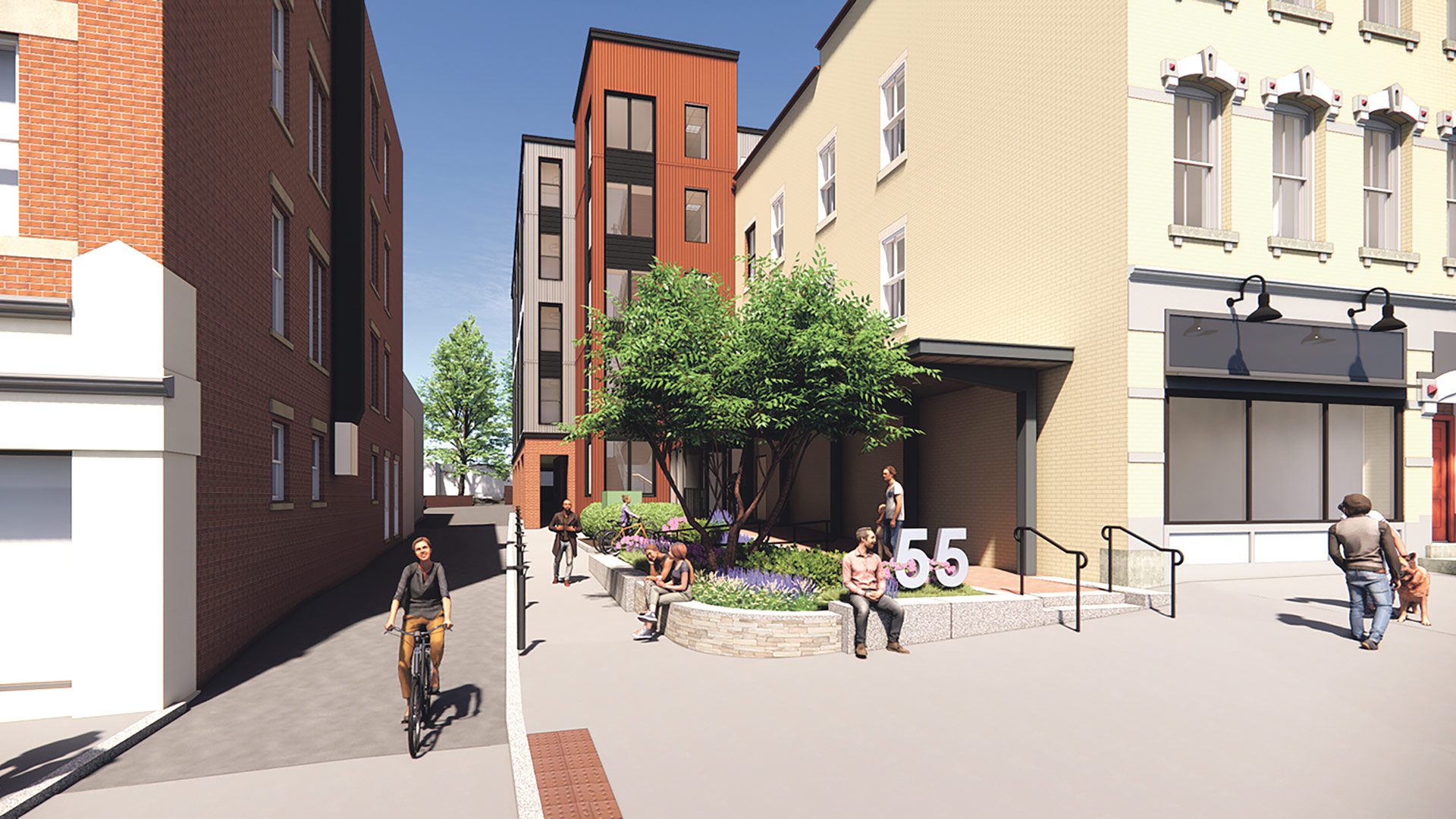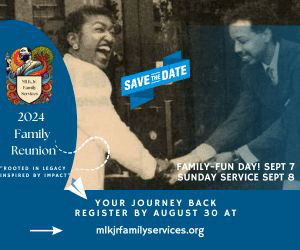
Architects Say Project Diversity Is Key to Weathering Challenges
Drawing on Experience

Aelan Tierney says Kuhn Riddle Architects has long been involved in numerous sectors so it can nimbly shift when the economy does.
When it comes to thriving in the world of architecture, diversity goes a long way.
“During the pandemic, we were working on a lot of large single-family homes,” said Aelan Tierney, president of Kuhn Riddle Architects in Amherst. “That market seems to have slowed down, but higher education is still probably about 50% of our work.”
At the same time, she said, commercial work has declined a bit in the last couple of years. “I’m not quite sure what it is between the economy or construction costs or interest rates, because they all feed into each other,” she noted. But at the same time, the firm has recently tackled numerous multi-family housing developments, both market-rate and affordable, as communities across Massachusetts continue to face an acute need for more of them.
In short, Kuhn Riddle, like many firms, adapts to what the market is offering, she added. “That has always been our strategy, to do a little bit of everything so that we can shift when the economy shifts.”
The situation is similar at Caolo & Bieniek Architects in Chicopee, where educational and municipal projects — schools, public safety, senior centers, libraries, and the like — continue to provide a healthy pipeline of projects, though Curtis Edgin, the firm’s president, doesn’t expect the flow to remain unchanged forever.
“I’m not quite sure what it is between the economy or construction costs or interest rates, because they all feed into each other.”
“That’s why we’re diversified, working in different sectors. Some of that government money, as a result of the pandemic, has begun to taper off a little bit. But they’re still spending it,” he noted. “We’ve also got some commercial projects — healthcare projects, offices, that type of thing — going on. But probably 70% to 75% of our work is public-sector work, whether it’s housing authorities or other projects.”
Kevin Rothschild-Shea, president of ArchitectureEL in East Longmeadow, said his firm continues to stay busy post-COVID, with a number of multi-family residential projects and a growing niche in municipal work, notably a series of projects in Holyoke.
Specifically, AEL has provided services for the city and its public schools as their on-call architect for the past two years, completing a roof and skylight replacement for the Department of Public Works, a roof and skylight replacement for the City Hall Annex, a roof replacement for the Holyoke Children’s Museum and Volleyball Hall of Fame, heating upgrades for the McMahon VRF, historical renovations on the City Council chambers located at City Hall, and HVAC system replacements in the city’s elementary schools. Most recently, it secured an on-call architect contract for the Holyoke Housing Authority.

Principals (Principals (from left) Bert Gardner, Curtis Edgin, and Jim Hanifan say Caolo & Bieniek Architects continues to stay busy in the post-pandemic years.
continues to stay busy in the post-pandemic years.
“Diversity continues to be there for us,” Rothschild-Shea said, noting that his firm has significant experience in accessibility, historic preservation, educational, and commercial design, as well as both private and multi-family residential development. “It’s always been competitive, but we haven’t had any trouble with workflow. Word of mouth continues to be one of the strongest methods of obtaining new work on the commercial side. It’s evolving work, and we continue to respond to an ever-changing climate.”
Challenges Persist
What hasn’t changed — though they have eased in some ways — are the challenges architects have felt in recent years from supply-chain issues and higher costs.
“It’s a lot less, but there are some elements — like some particular electrical items — that are still causing delays on projects,” said Jim Hanifan, vice president at Caolo & Bieniek. “If we have a big project, a year-plus, everyone knows what materials have problems and get them ordered the second day of the job. The problem is the smaller ones that are only summer jobs; there’s not enough time. You have to pick the materials that you can get. You can’t wait on certain things, or you’ll never get the job done.”
“We’re educating the end user on how to operate systems. That’s something that’s changed in the last 10 years — as part of the design, we build in the training.”
And these are often critical items, he noted. “You can’t have a police station or a fire station without a generator. That’s the kind of thing you’ve got to plan around. Part of the job now is to make sure you can get the materials and get them on time and get them installed and certified, all within a certain time period.”
Another element regarding equipment is how much more complicated some of it is, particularly in the energy-efficiency realm, Hanifan said, and clients need to take into account both their budget and ease of use.
“If you’re going to spend more money on more efficient and better equipment, how long does it really take to pay for that back, and is it worth it? The other part is maintenance. We’ve had clients that want the most sophisticated, the top of the line of everything, but if you don’t have the staff or the crew to maintain it, it’s a headache; it never will operate or be as efficient as it’s supposed to be. So that’s a factor that should always be considered with those systems.”
Bert Gardner, also a vice president with Caolo & Bieniek, agreed.
“Sometimes it causes confusion. So the challenge is, how do you simplify that for the end user as much as possible, because a lot of places don’t have the staff to troubleshoot when things go wrong. We’re educating the end user on how to operate systems. That’s something that’s changed in the last 10 years — as part of the design, we build in the training. We talk to the owner about what the systems are going to be and who they’ve got available to be trained on the systems and how long are they going to need to train. We write it right into the specs for the lighting controls — plan for two days for you to get your staff up to speed on how the lights work in the building.”

This architect’s rendering from Kuhn Riddle shows a mixed-use project centered around the historic Hastings building in Amherst, which will include five stories of residential units, helping meet a need for more housing in town.
Tierney said current energy codes are moving the world in a positive direction with respect to reducing energy use and the carbon impact of buildings, but owners, architects, builders, and code officials are all having to learn very quickly how to meet these new code requirements. At Kuhn Riddle, that has led to a recent emphasis on passive-house design and certification, which focuses on dramatic energy-use reduction for space heating and cooling.
“We currently have one certified passive-house consultant and five others training to become passive-house designers,” she told BusinessWest. “We understand the detailing that’s required behind passive-house design and the process you have to get through to get passive-house-certified to meet the energy-code requirements. So that’s an expense that, as designers, we’re taking on in terms of getting our staff certified, but then there are layers of construction costs associated with that as well, and testing that needs to happen. It’s all good; it’s just expensive.”
It’s also one way Kuhn Riddle provides professional-development opportunities to its team, Tierney said.
“I think they appreciate having the opportunity to learn a new skill, and it’s obviously a benefit to us to have that expertise, to be able to say to developers, ‘yes, we have five people who are passive-house-certified consultants, and we can do your projects.’”
More broadly, she went on, “in becoming an architect, you have to go through education, training, and then take exams. We’ve been paying for the study software and materials, and then we also pay for people to take their exams. Anybody coming out of college is in debt from going to school, so that additional expense of having to pay for study materials and exams, we just want to take that pressure away. And as people get licensed, that’s a benefit to the firm.”
Opportunity Knocks
The firms we spoke with have all had success bringing in young talent, even though they acknowledged it’s not the easiest field.
“It’s hard work. There are more lucrative industries to get into, given the amount of work versus the salary,” Edgin said. “So what do we do to attract them? We give you a lot of opportunity, I’ll say that. You’re not pigeonholed into doing just one little task. Continuing education is important to help folks grow and reach their goals. We support that and encourage that.”
Angela Johnson
“Someone going into architecture doesn’t necessarily have to choose a certain role. You can be in all kinds of different places within the field.”
Angela Johnson, who went to school for architecture and is now the firm’s marketing assistant, agrees.
“I’ve been here almost three years now, and I’ve definitely learned a lot. Seeing different sides of how it all connects is really eye-opening,” she said. “Someone going into architecture doesn’t necessarily have to choose a certain role. You can be in all kinds of different places within the field. Whether you want to go into the sustainability side, or if you want to go into spec drawing or doing renderings or other things, it’s all about how you want to approach the field, and I think that’s unique to architecture. A lot of industries don’t have that much of a bandwidth.”
Rothschild-Shea said his firm has had success with entry-level interns and entry-level architects, adding that his team members appreciate the relationship aspects of the business. “I think we continue to be people-centric at our core; what we’re doing is designing buildings for people, and we certainly continue to focus on service and taking care of people.”
After all, Tierney said, this is a career in which professionals can bring a job from the drawing board to often very impressive fruition, and that’s a draw for many young people.
“That’s probably my favorite part of the job,” she told BusinessWest — “to draw something on a piece of paper, show it to a client who gets excited about it, and then see it literally come out of the ground and walk through the building with them and have them say, ‘this is exactly what I wanted.’”





